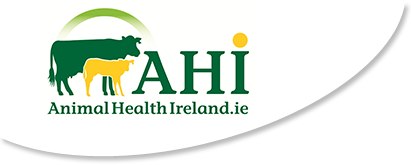How well do you really clean your calf-rearing units?
According to Scotland-based research scientist, Jamie Robertson, much more can be done to improve the cleanliness and hygiene standards of calf-rearing units in the UK and Ireland.
He approaches this issue from the point of view that a wide range of pathogens can live in the general environment for many weeks and, in many cases, months.
Robertson explained:
“In the case of Mycoplasma bovis, we are talking up to 60 days. But where Cryptosporodium parvum is concerned, this figures rises to six months.
“Bacteria, viruses and protozoa thrive in damp conditions. As a result, the lying water and damp bedding that can be found in calf pens provide the perfect environment for these disease-carrying pathogens.”
Robertson addressed this topic at a recent calf-rearing webinar, hosted by Volac.
He stressed the need for calf pens to be deep cleaned on a regular basis, adding:
He further explained:
“A case in point is the clear benefits delivered by rendering pen walls and subsequently covering this with an epoxy resin paint."
Calf-rearing units - effective cleaning essential
“This investment comes with a very small price tag. But it’s an approach to calf management that helps make the cleaning process much more effective and less time consuming," he added.
Adding a colour to the walls also helps in this regard, he added.
Robertson also confirmed that water, on its own, will never provide the depth of cleaning to provide a safe environment for calves.
“Deep cleaning will require the combined use of water as well as an effective disinfectant. All muck must be removed.”
Hydrogen peroxide is Robertson's disinfectant of choice when it comes to dealing with the range of parasites that can impact young calves.
He continued:
“Disease pressure also diverts the energy coming into the calf by way of the feed away from growth and in the direction of the animal’s health-defence mechanisms.”
According to Robertson, the drinking water made available in calf-rearing units can also contain significant numbers of pathogens.
“Water is critically important when it comes to rumen development and maintaining the general health of young calves. So, keeping it clean at all times is an obvious requirement.”
Bedding quality
Robertson made particular reference to the bedding quality required in calf units and the floor types used in the pens.
He explained.
“Adequate drainage must be allowed for. Bedding must be maintained in a dry state at all times. Water losses must be minimised from drinking systems.
Robertson concluded:
“All competent drains should be included in calf unit specification and all floors sloped accordingly.”





